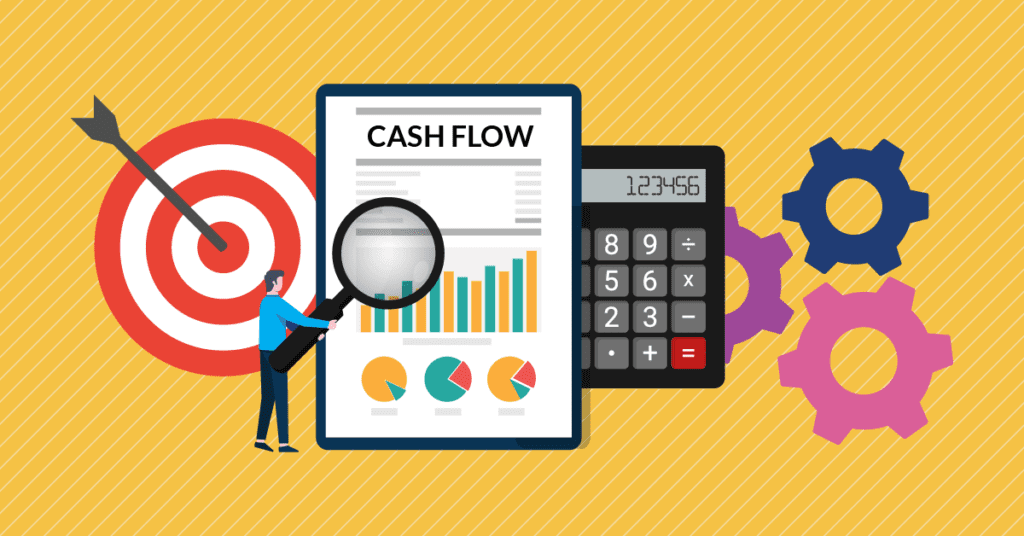Where Knowledge Meets Awareness

Leverage refers to the use of fixed costs—either operational or financial—to magnify the potential return on investment. It reflects how a change in sales or operating profit affects earnings or profitability. The higher the leverage, the greater the risk and reward.
Operating leverage shows the effect of fixed operating costs on the operating income (EBIT) of a business. It measures the sensitivity of EBIT to changes in sales.
Formula: DOL = Contribution / EBIT
| Particulars | Amount (₹) |
|---|---|
| Sales | 5,00,000 |
| Variable Costs | 2,50,000 |
| Fixed Costs | 1,50,000 |
| EBIT | 1,00,000 |
Contribution = 5,00,000 – 2,50,000 = ₹2,50,000
DOL = 2,50,000 / 1,00,000 = 2.5
Financial leverage measures the effect of interest costs on the earnings of a company. It shows the sensitivity of earnings per share (EPS) to changes in EBIT.
Formula: DFL = EBIT / (EBIT – Interest)
| Particulars | Amount (₹) |
|---|---|
| EBIT | 1,00,000 |
| Interest | 25,000 |
| EBT | 75,000 |
DFL = 1,00,000 / 75,000 = 1.33
Combined or Total Leverage shows the impact of both operating and financial leverage on the company’s earnings. It links changes in sales directly to changes in EPS.
Formula: DCL = DOL × DFL = Contribution / EBT
Using Above Example: DCL = 2.5 × 1.33 = 3.33
Leverage is a critical concept in financial management. It amplifies profits in good times but increases risk during downturns. A balanced use of operating and financial leverage can enhance returns while managing financial stability.




